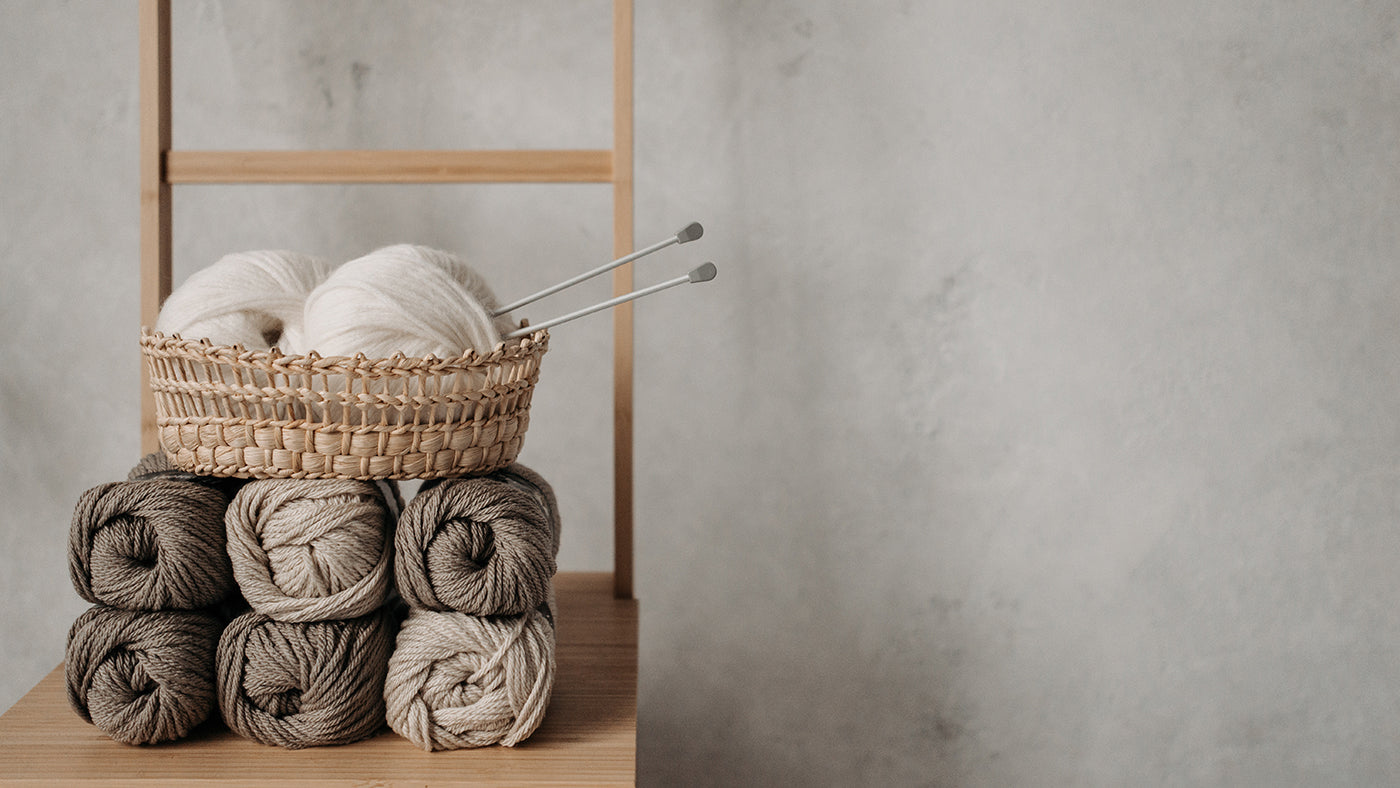This article was written following my reading of a New York Times article, The Revolutionary Power of a Skein of Yarn**, written by Peggy Orenstein in January 2023.
**Please note that if you are not a subscriber to the New York Times, reading this article may not be possible.
Maybe you didn't know, but I teach knitting at Centre des textiles contemporains de Montréal in the winter session. Every year, I ask my students this question: What does knitting represent for you? To loosen tongues and liven up the conversation, I follow up with: How do your friends imagine you when they think of your work at school?
And every year, this image comes back, that of a grandmother, knitting in her rocking chair on the porch of her house.
Did you know that throughout History, knitters have not always had this image that sticks to them?
Yes, knitting gets along well with resistance, here are a few examples.
Knitting and Resistance
From the French Revolution to the world wars, many women have used this technique to convey coded messages or simply to listen to conversations around train stations and passageways without being noticed. Knitting could easily transcribe Morse messages, making this technique a discreet means of communication. So widespread that during World War II, it was forbidden to send knits or knitting patterns by mail.
One example among others, Elizabeth Bently, an American spy during World War II, used her knitting bag to hide plans for the manufacture of the B-29 bomb and a fighter plane.
The Myth of the Knitting Women during the French Revolution
To put oneself in the context of the time, it must be known that women are completely excluded from the political sphere. While the Declaration of the Rights of human and of the Citizen signed in 1789 provides more equality and rights to men (as its title indicates), the same is not true for women who are excluded from these laws. Several of them, including the most famous, Olympe de Gouges, demand that women also be included in the declaration.

*1789-1799-Tricoteuses Jacobines par Pierre-Étienne Lesueur
The « Tricoteuses » or « vulgaires et féroces poissardes » (the Knitters) are women who invite themselves into the deliberations of the Convention and into the debates of the revolutionary assemblies to listen to what is being said there.
The reason they were nicknamed "knitting women" is because they did not simply listen quietly, but engaged in an activity usually carried out hidden from view within their homes. And they did this right in the middle of the political arena.
« And in the collective imagination, the needles too are a symbol of this treachery, as they could become dangerous, unnamed weapons, tools of work diverted to bloody ends. »
Indeed, one never knows.
Knitting and War



With the help of numerous newspaper articles, posters, and propaganda short films, the Anglo-Saxons directly associate domestic knitting with the war effort.
Eleanor Roosevelt served as the ambassador of American propaganda to encourage women to participate in the war effort. She was known as the "First Lady of Knitting". The idea of using knitting as a form of propaganda was born during a tea event called "Knit for Defense" on September 31, 1941.

*1933 - Eleanor Roosevelt tricotant au congrès
We see her here knitting during one of the sessions of the U.S. Congress. We are far from the image of the "Tricoteuses" of the French Revolution over 200 years earlier.
Knitting and Activism, the Pussyhat Project
The idea was launched by two American feminists, Krista Suh and Jayna Zweiman, who encouraged participants in the Women's March of January 2017 to wear knitted hats in the shape of cat ears. This march had been organized to denounce the sexism of the newly elected president, Donald Trump.

*2017-Manifestation anti-trump
These are just a few examples, among others of course, that have been forgotten by history books. And since we're talking about history, and more specifically the history of women, I highly recommend you read the book by Titiou Lecoq, "Les Grandes oubliées, pourquoi l'Histoire a effacé les femmes" (The Great Forgotten Ones, Why History Has Erased Women).
I will conclude this article with this beautiful quote from Peggy Orenstein:
« Because Michelle and the rest of us aging ladies? We don’t have to just sit and rock; we can rock it. »


